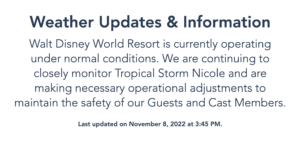An old friend recently told me about her upcoming vacation and asked me questions to help curb her flying anxiety.
As a pilot, this happens often, but I don’t mind answering the same questions time and time again — that’s what good friends do. When I have my pilot uniform on, I also get the same questions from passengers.
The questions are sometimes obvious. Will my flight be bumpy? Will it get delayed? Are we going to crash? (Possibly, probably and no, if you were wondering what the answers are.) Other times, they can be more surprising.
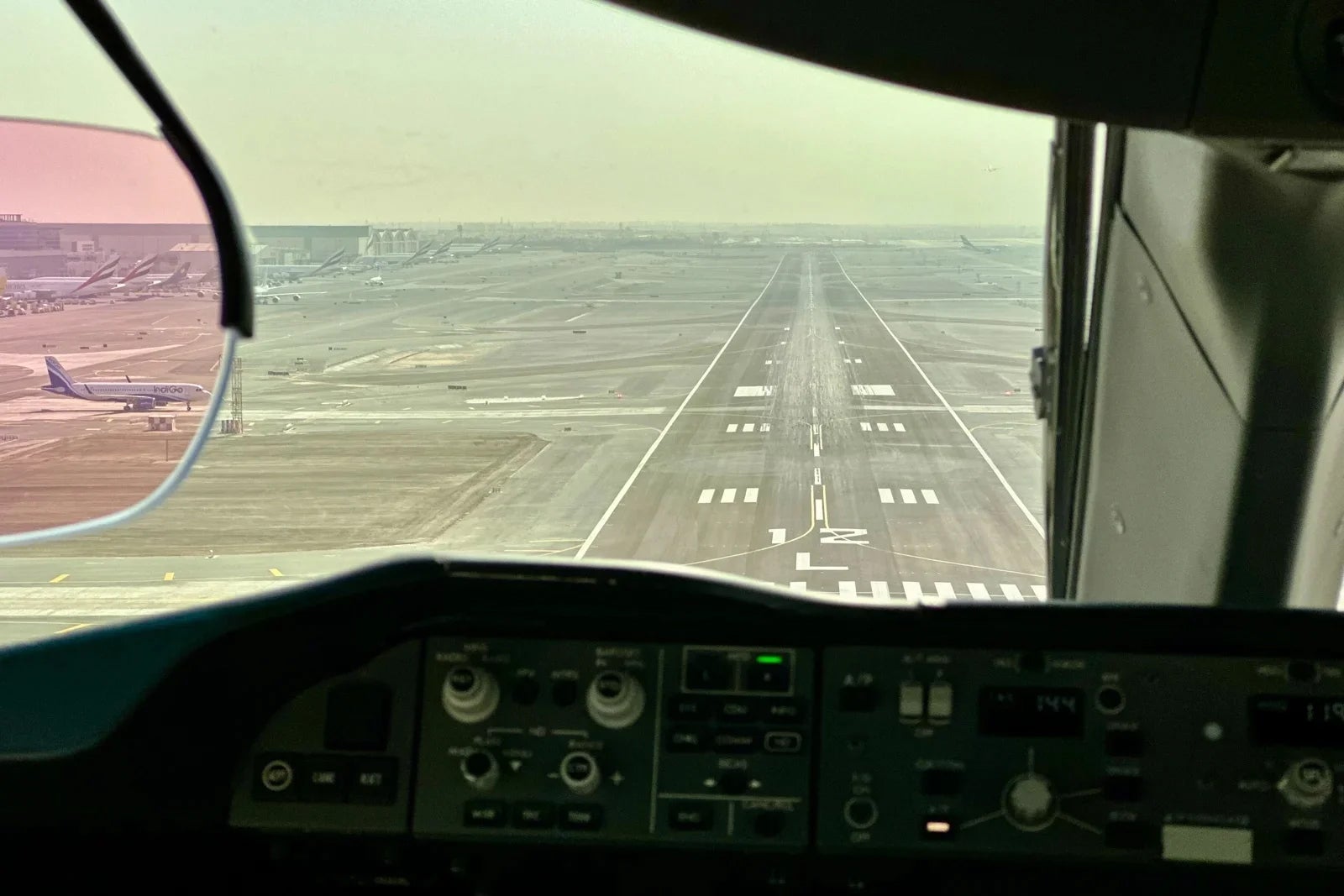
Many events that are alarming to passengers are completely normal to pilots. Not only do we, as pilots, see these incidents almost every time we go to work, but we also know exactly what is happening and can control it.
Lack of control and lack of understanding are two major reasons why someone may fear flying. While pilots can’t give that control back to you, we can help solve that lack of understanding of certain scenarios so you feel more at ease the next time you travel.
Engine noises and motions after takeoff
Shortly after takeoff, you’ll sometimes notice a reduction in noise from the engines. Depending on the flight, this can be undetectable or quite profound.
To make this moment worse, this sound is normally coupled with the sensation that the aircraft is starting to fall.
When you combine the aural sensation of engine noise reduction with the physical sensation of the aircraft “falling,” it’s understandable that some passengers get nervous. Rest assured, though, that the reality in the flight deck is quite different.
Very rarely do pilots take off with full power from engines. If pilots did this, they would use more fuel, create more noise and increase engine wear and tear. This is bad for the environment, bad for those living and working around the airport, and bad for the accountant’s spreadsheet, as the engine would need maintenance sooner.
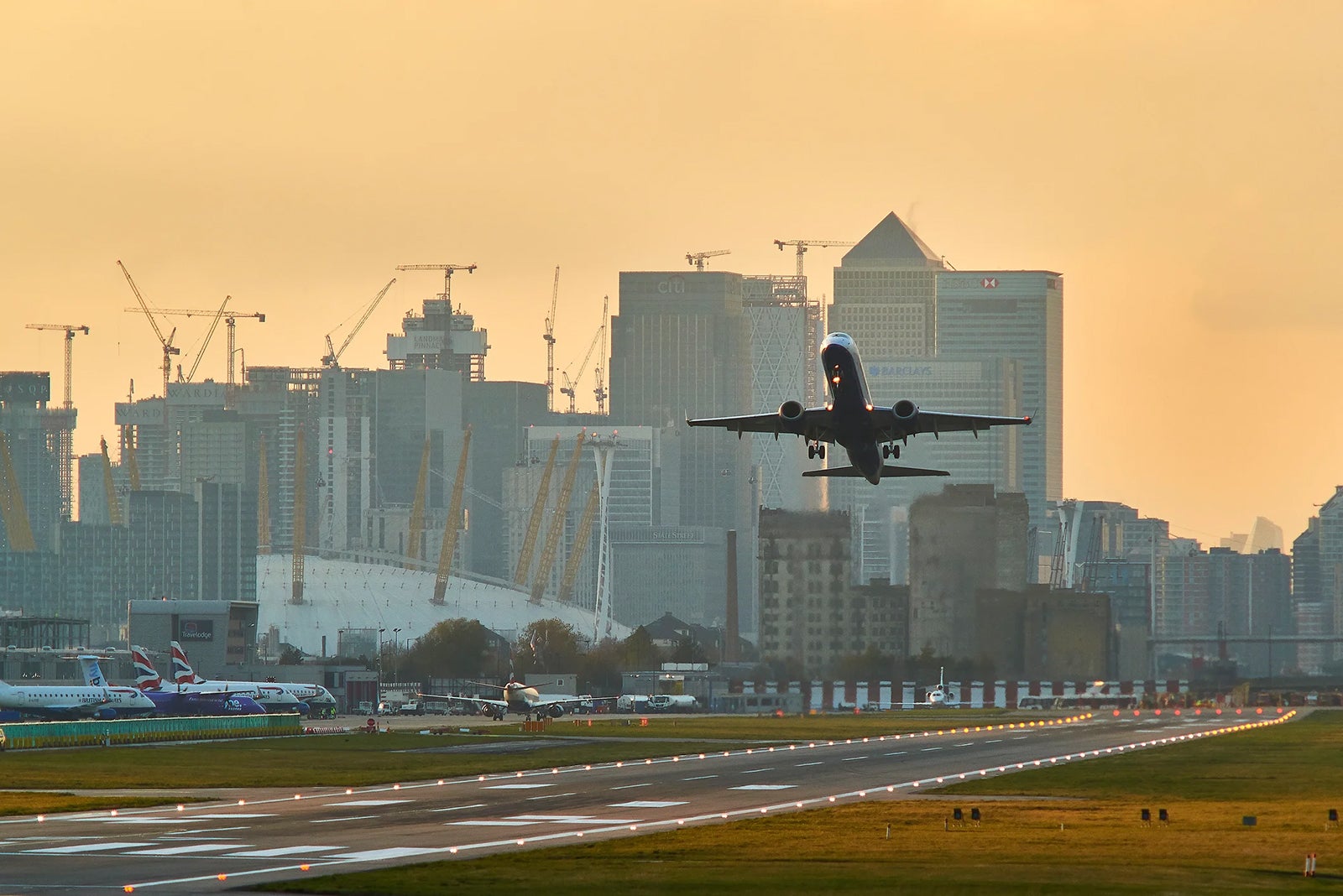
Instead, pilots consider the day’s conditions and aim to use as much of the runway as possible. This enables them to use as little engine power as safely as possible, a process known as derated takeoff power.
Derated takeoff power is limited to 70% of the maximum available power. This ensures that if one engine fails at the critical stage of takeoff, there is still enough power on the other engine for the aircraft to climb safely away from the ground. This is more power than pilots need to climb to cruising altitude, so once the plane is a safe height above the ground (normally 1,000 feet), pilots can then reduce the engine power even further.
After finishing the initial climb, pilots then lower the nose of the aircraft by about 5 degrees. From the cabin, this may feel like the engines are failing and that the plane is falling. However, in the flight deck, pilots are simply changing the aircraft’s flying characteristics for the next stage of flight.
Wing dips at an extreme angle
A window seat provides some of the best views in the house. There’s nothing more awe-inspiring than taking in the views as you cruise over Greenland or watch the northern lights while flying through northern Canada at night.
However, for those who fear flying, the view of that massive wing structure can cause some concern — particularly when it comes to movement.
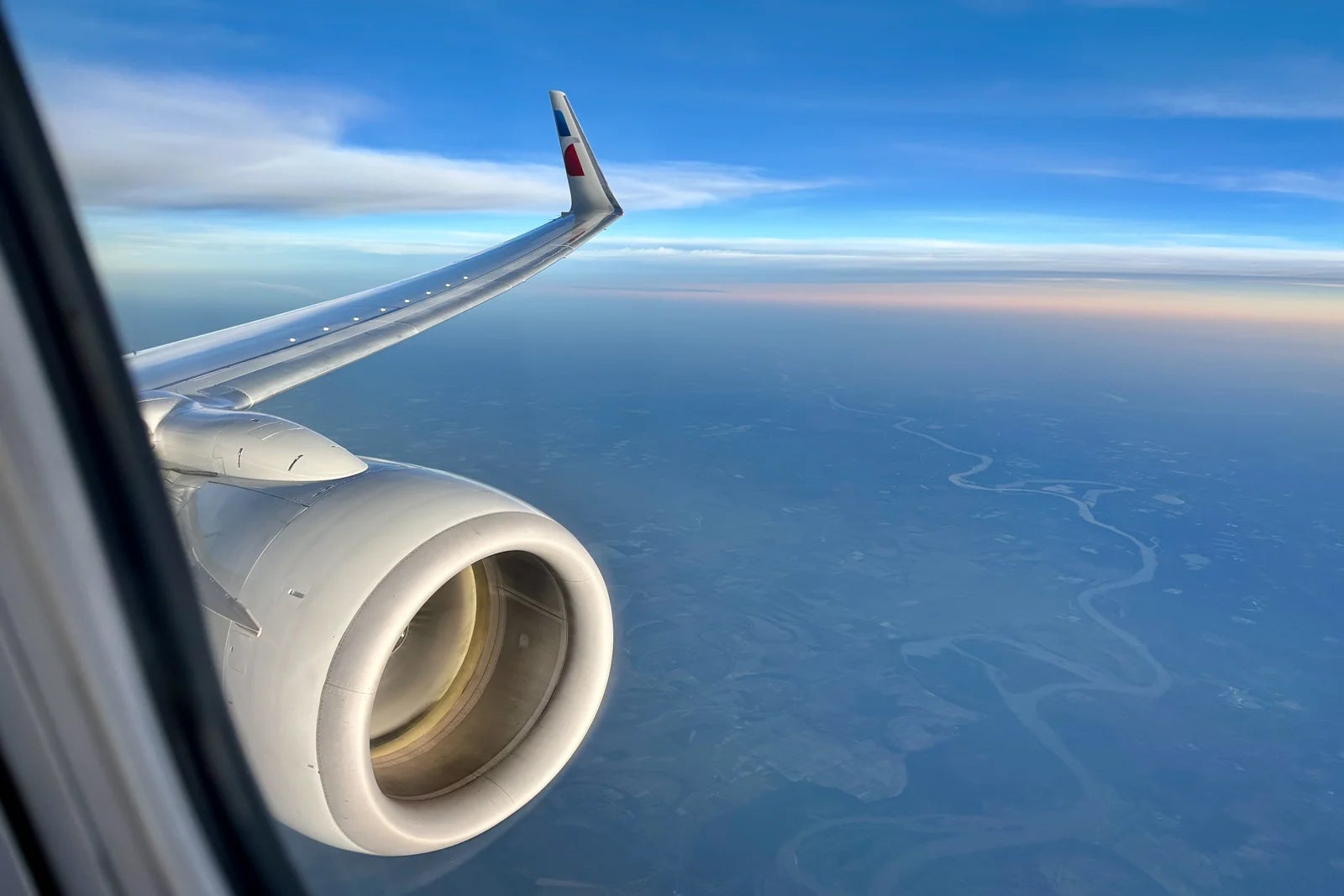
Like with all things in life, perspective is simply a viewpoint. If you’re sitting near the middle of the aircraft, you’ll probably have a clear view of that massive piece of metal that sticks straight out. If you watch the wingtip carefully during the takeoff run, you might notice it raise even higher as the whole wing flexes due to the increased lift.
Once up in the air, it may seem fairly stable and block your view of the ground before it suddenly dips, giving you a full view of the ground below. The tipping of the wing can be dramatic and make it feel like you’re going to turn all the way over, but this motion shouldn’t cause concern.
The main way pilots turn aircraft is by rolling about the longitudinal axis of the aircraft. However, the wings do not dip as far as you might imagine.
If you’re sitting over the wing, it may feel like the aircraft has done a full 90-degree roll and the wing is now pointing at the ground, but in reality, the angle of bank — the angle at which planes roll — rarely exceeds 25 degrees. This is because commercial airliners have bank limiters that make it so the wings are automatically rolled back to level when surpassing 30 degrees, keeping the plane from being able to roll all the way over.
Go-arounds
Go-arounds are often one of the most dramatic experiences for a passenger. After hours of sitting in your seat, the ground is finally in sight and the long journey is nearly over. Then, out of the blue, you feel the nose of the aircraft pitch up, and the gentle hum of the engines suddenly increases to a screaming roar. You’re pushed back in your seat, and you’re heading skyward again.
A whole range of factors could cause a go-around. Maybe cloud or fog is obscuring the view of the runway, strong winds are making a safe landing unlikely or the plane is getting too close to another aircraft. Go-arounds may even occur because passengers in the cabin don’t sit down soon enough, forcing the pilots to break off the approach and start again.
Even though pilots don’t plan a go-around, those in the flight deck are always prepared for them. Before every approach, the flight deck always talks about what the plan is, how to carry out the plan and, most importantly, what will happen if things don’t go according to plan. If the latter occurs, it’s often easiest (and safest) to go back and start again.
Changes in altitude
While it’s well known that altitude changes occur during takeoff and landing, they may also take place during other parts of the flight, especially on long-haul flights. This is because a large proportion of the aircraft weight is the fuel in the wing tanks, limiting how high pilots can climb at the beginning of a flight.
As fuel gets used and the aircraft becomes lighter, pilots can make a steep climb — or climb to a higher, more fuel-efficient altitude.
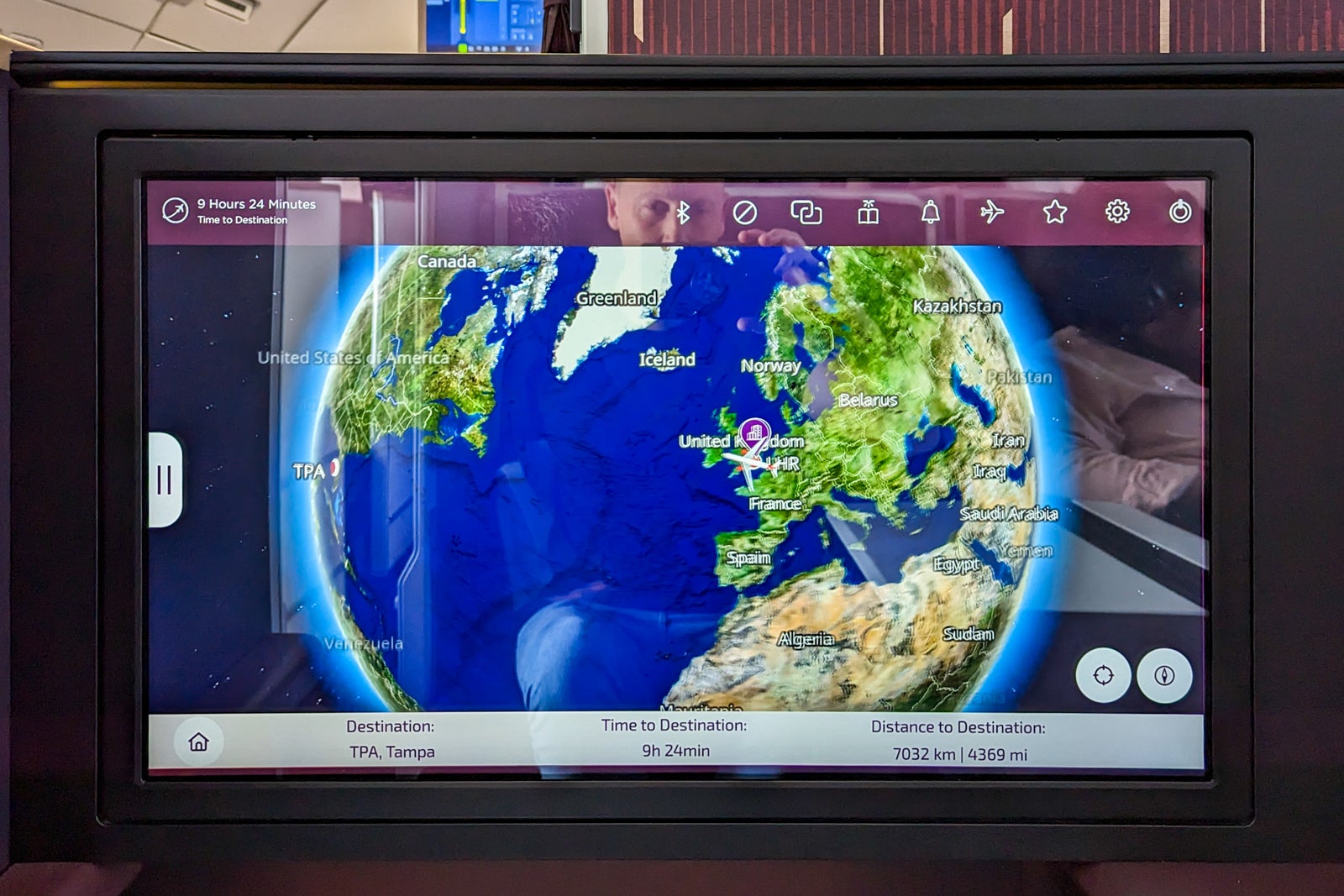
This process is a normal flight phase that passengers are rarely notified of, so while you may notice a subsequent increase in engine noise (especially in the back of the aircraft) or numbers changing on the map on your entertainment screen, you shouldn’t worry.
Bottom line
Like driving a car, flying an aircraft becomes second nature to pilots. We’re so used to the noises, sounds and smells that we barely notice many of the things passengers worry about.
The next time you fly, you can rest assured that no matter how alien some aspects of your flight may seem to you, your pilots know exactly what they are doing.


